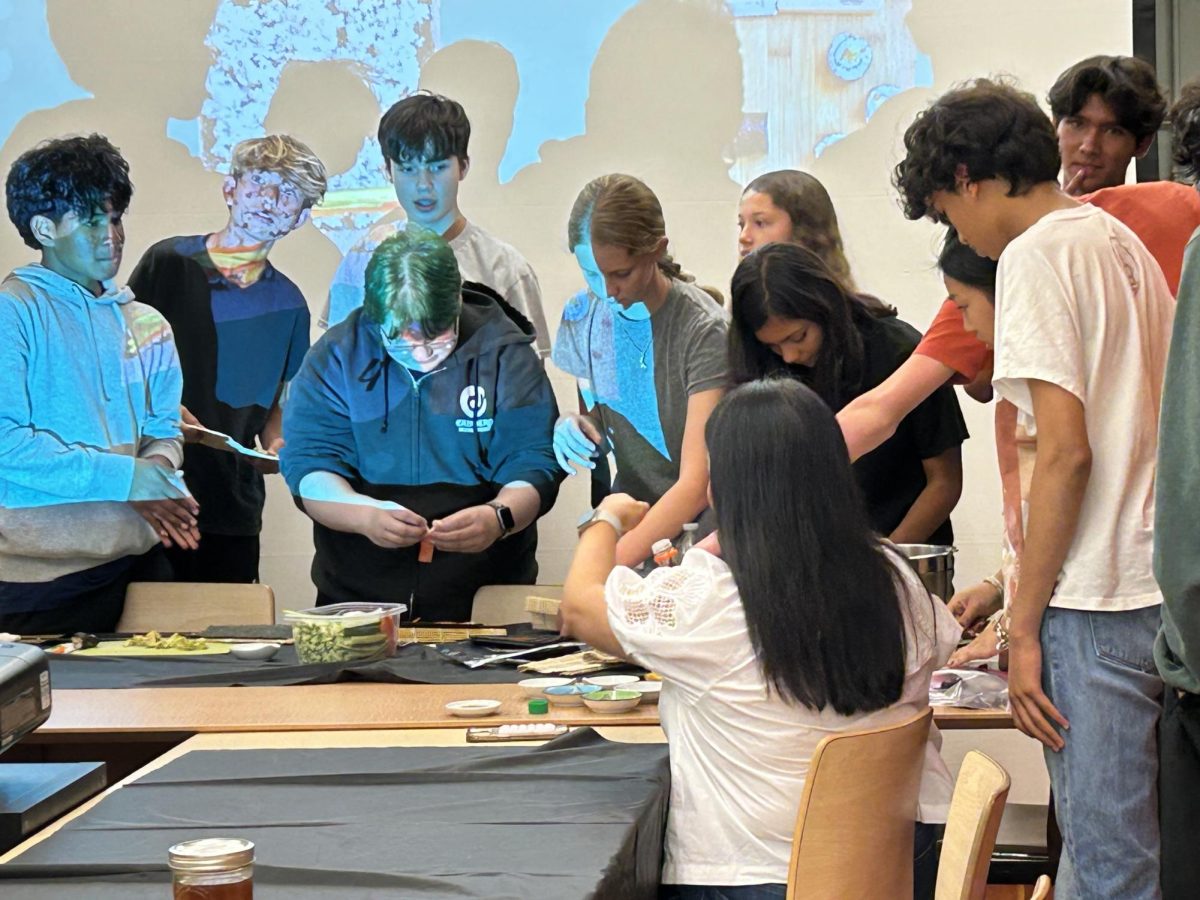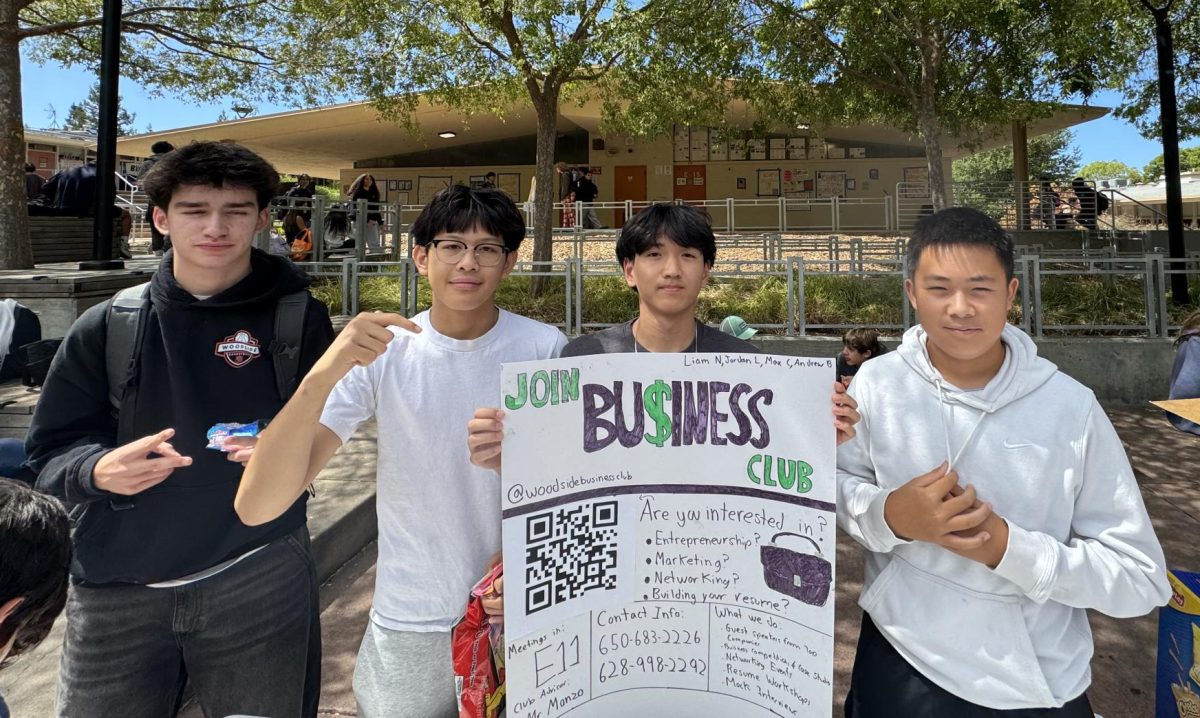The Big Read is a summer activity that takes place every year at Woodside within the first month of school.
This year, the Big Read focused on the 442nd Battalion of Japanese-American soldiers during World War II. Students were required to read one of the following books: Facing the Mountain by Daniel J. Brown, Four-Four-Two by Dean Hughes, Fighting for America: Nisei Soldiers by Lawrence Matsuda and Matt Sasaki. Darcy Book, a freshman English teacher, shared her thoughts about the Big Read.
“I have not received any feedback from students,” Book said. “I haven’t had the chance to lead the big read due to having a prep period during that time.”
Despite her limited involvement in the Big Read, she remains positive about the potential impact on students and the wider school community.
“I believe that connecting through books and literature is valuable,” Book said. “The opportunity for everyone to read and discuss the same topic is beneficial.”
As more teachers and students engage with the Big Read, it encourages students to read something new. Grant Guzman, an English teacher, discusses the Big Read initiatives. He explains his thoughts and experience with leading the Big Read.
“The Big Read fosters a sense of community by encouraging a challenging and engaging curriculum for all students regardless of their class level,” Guzman said.
Educators have similar views on how the Big Read gives students a shared literacy experience.
“The Big Read holds every student to the same standard, whether they are in AP, support, or mainstream classes,” Guzman said.
He explains the feedback he has gotten from students in the past.
“The feedback I have received has been 50% of students liking it and 50% not liking it and finding it annoying,” Guzman said.
He says that the Big Read is part of the tradition at Woodside, similar to other events like the senior thesis and freshman transition. Staff and faculty do everything they can to promote the event and make it a recognized tradition. Cara Klackle, the Instructional Vice Principal, explains the purpose behind the Big Read activity.
“All students in the district complete a summer reading assignment. Big Read is the name that Woodside uses to describe that reading and the class activity for it. We hope that summer reading helps students to help them retain information learned during the school year and avoid losing skills over the summer,” Klackle said.
As Klackle explained, the summer reading assignment serves a larger purpose beyond just a classroom task. It’s part of a district-wide effort to ensure students stay academically engaged during the break and return prepared for the new school year.
“Our hope is that this year’s summer reading provides not only an important opportunity to read excellent books this summer, but also expand their knowledge of this important moment in our history,” Klackle said.
Klackle highlighted that the goal of this year’s summer reading is to engage students with great books while expanding their understanding of important historical events, aiming to foster both academic growth and a deeper connection to history.
“We do our best to ensure that incoming students – new ninth graders as well as students who transfer – understand the requirement and are given ample time to do the reading. This requires coordination with all the feeder school districts and coordination with counselors who enroll new transfer students,” Klackle said.
To ensure the success of the program, careful coordination is key. Efforts are made to communicate the reading requirements to incoming freshmen and transfer students, with collaboration between feeder schools and counselors playing a crucial role.
“Teachers are asked to do some prep work to make the activity on Sep. 19 possible. However, we trained approximately 70 students to facilitate the activity. In addition, some teachers have had class activities designed to support the topic of Nisei soldiers including reading the books,” Klackle said.






